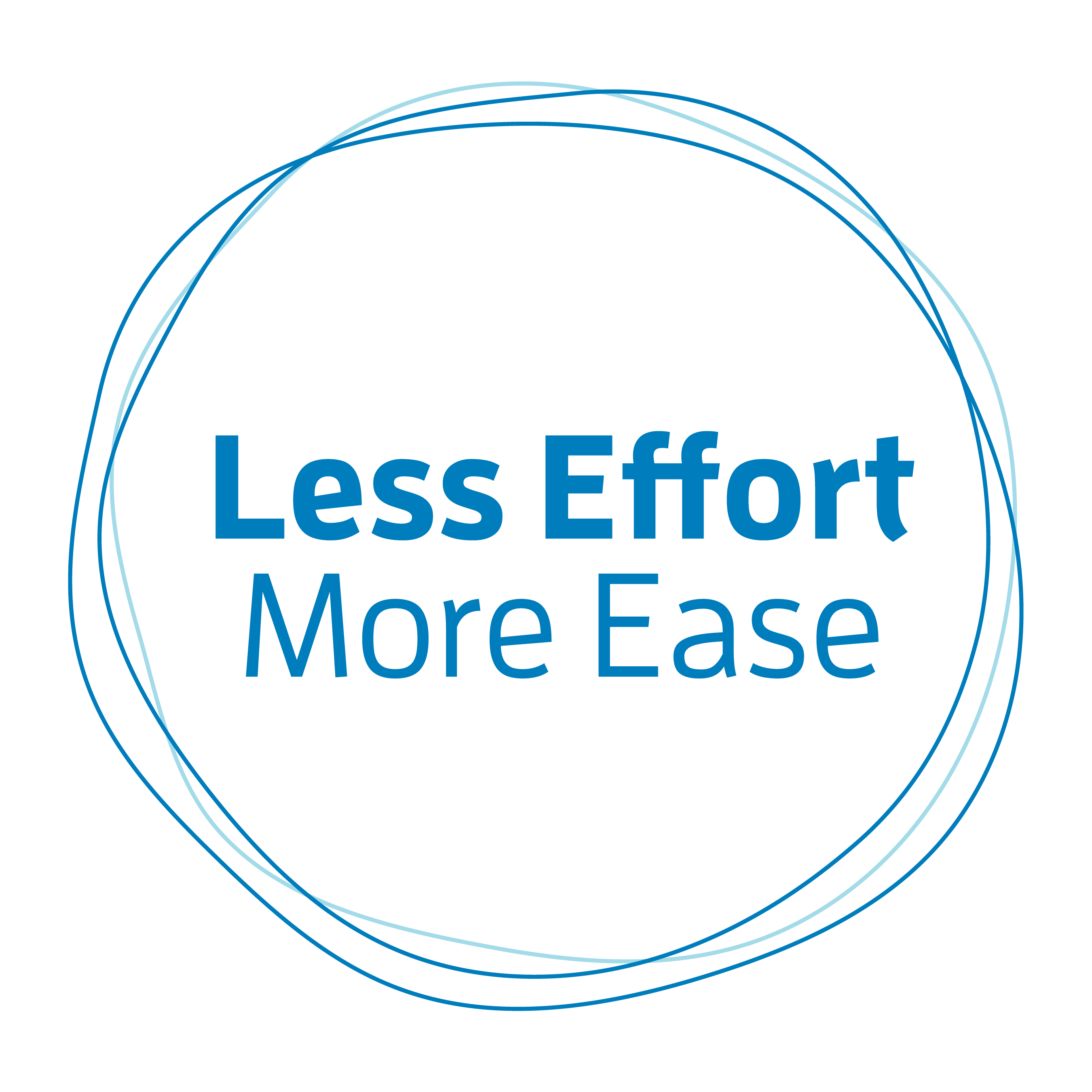In the Alexander Technique, you’ll learn to focus on things that give you the most bang for your buck–a few interventions that can have a wide-ranging effect. Instead of focusing on micromanaging your body. Which, besides being inefficient is well, impossible.
That’s one reason a strong focus is on paying attention to your head and how it relates to your body. It’s quite important as far as your posture goes. And has impacts all the way down to your feet.
Your hands are another good intervention point. They can be the source of a lot of tension you’re experiencing further up the chain, in your forearms, and even up to your neck and shoulders.
Think about what you do with your hands most of the day. They’re not spread out with the fingers and thumb releasing away from the palm. Instead, they grip objects, hold objects, and manipulate objects. They type and text. All things that cause the hand to contract and close. Not open out.
Let’s Explore
Take your left hand and softly and gently wrap it around your right forearm. Then make a fist with your right hand and squeeze it tight.
Can you feel the muscles working in your right forearm? Most of the muscles that control your right hand are actually in your right forearm. Not in your right hand. So, the more you’re squeezing your hand the more those muscles are contracting. If you’re tight in your forearms, it’s probably due in part to all the gripping you’ve been doing in your hands.
Now take your left hand and tuck it high up under your right armpit. Allow the right arm to hang alongside your body. Make a fist again with the right hand and squeeze it tight.
Were you able to do that without any squeezing or tension in the right armpit? If you were, great. If not, you can feel how tension in the hand can travel all the way up to the armpit. And since they are intimately connected, the shoulders and neck as well.
Tip Number One
My first piece of advice is to pay some attention to how you’re handling everyday objects. Like the steering wheel, your coffee cup, your pen, or the handle of your bag.
How tight do you hold on? And do you need to be holding on so tightly? My guess is if you experiment a bit you’ll find you can hold on a little less than you’re accustomed to and still not drop the object. Realize you don’t need to go through life holding onto objects as if at every turn someone might grab them from you.
A colleague of mine in NYC, Mara Sokolsky, has a nice way to start to pay attention to your handling of everyday objects. Consider how the object would like to be handled. Imagine that every object you hold or grip or manipulate is animate. Be considerate and show it some respect. Your steering wheel would probably appreciate it if you didn’t squeeze it to death in the morning traffic.
One situation where I find I grip too much is when I’m trying to carry too many awkwardly shaped objects at once. Usually, I’m in a hurry and haven’t taken the time to consider how best to carry them all. Then I find I’m gripping (and contorting myself) because I don’t want them to fall on the floor. Sometimes it’s as simple as putting a whole bunch of small items in the bag I’m holding in the other hand. Duh. Or just make two trips. Duh again.
Tip Number Two
The second tip comes from my colleague Pedro de Alcantara in Paris. Let the object you’re holding dictate the shape of your hand.
For example, hold onto your computer mouse like this:

Not like this:

In the first picture, I’m letting my hand be shaped by the object it’s in contact with. In the second picture, I’ve already decided the shape of my hand before I’ve even touched the mouse.
Try this with a variety of differently shaped objects. I think you’ll find if you allow your hand to be shaped by the object you don’t have to grip so hard to hold onto it. Plus, it has the added benefit of giving your hand practice spreading out instead of contracting in.
Have fun exploring these two ideas. Your hands and your body with thank you for it.
Image of four hands by StockSnap from Pixabay
P.S. Are you a subscriber to my e-newsletter? If you like this blog and are craving more information on how to move better and feel better there’s no better time to sign up. You’ll get a free booklet with tips for exploring your posture (that has nothing to do with standing up straight and pulling your shoulders back. I promise!). And once a month I’ll pop into your inbox with new ideas for you to experiment with. In addition, you’ll be the first to know about any upcoming events, local or online.




